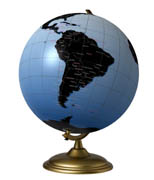When representatives of major regional and global companies met at the Wharton Global Alumni Forum 2005 in Santiago, Chile, in early July, they agreed that Latin America offers favorable prospects for local and foreign investors. Oscar Von Hauske, director of operations for Telmex, the Mexican giant, and Bruce Catania, Latin American corporate director of Citigroup Venture Capital International, spoke about their areas of activity – telecommunications and risk capital. They also discussed business conditions in the region, the opportunities that exist there, and the keys to achieving a successful investment strategy.

Sign up to stay informed about our latest article releases.